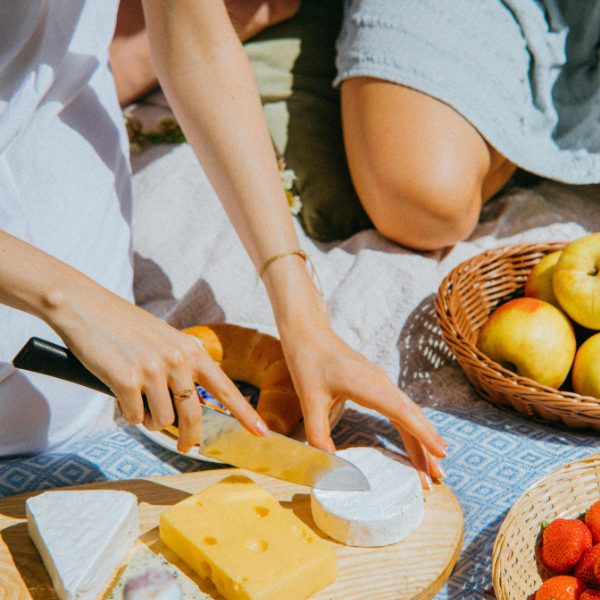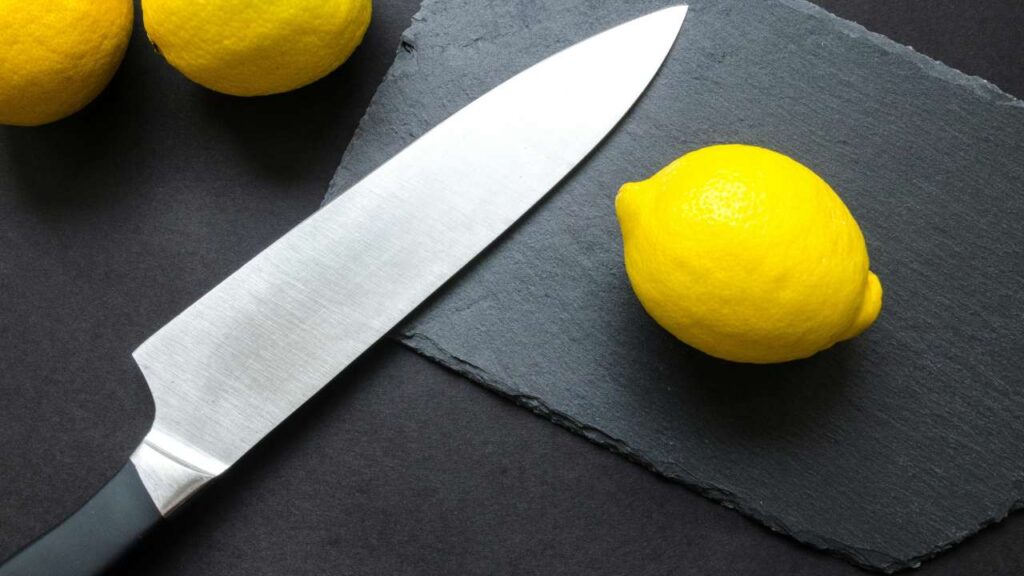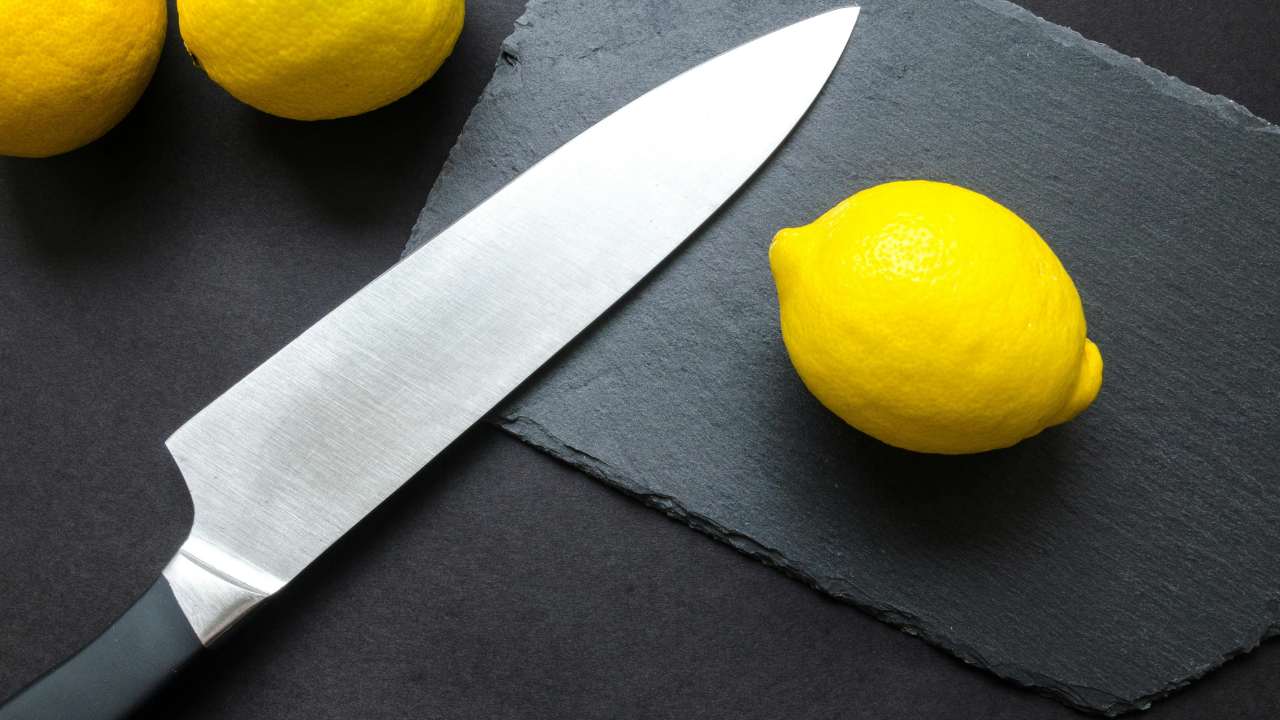A good knife can make all the difference in your kitchen. It’s one of the most essential tools, and knowing how to choose the right one is crucial. But how do you know if a knife is good quality? Many people find it tricky to decide which knife to buy, but understanding key factors can help you avoid a poor purchase. In this post, we’ll guide you through simple ways to evaluate a knife’s quality so you can make an informed decision.
Understanding: how do you know if a knife is good quality?

1. Check the Blade Material
The blade material plays a major role in determining the quality of a knife. High-carbon stainless steel is often considered the best because it’s durable, sharp, and resistant to rust. Avoid knives made from low-quality metals as they can dull quickly and are prone to rusting. The right blade material ensures a balance of sharpness and longevity.
Key Features of a Good Knife:
- Durable and rust-resistant material.
- Retains sharpness for longer periods.
- Easy to maintain and clean.
2. Look at the Knife’s Construction
A well-constructed knife is usually made from a single piece of metal that runs from the blade through the handle. This is called a full-tang design. Full-tang knives are more balanced, durable, and less likely to break compared to partial-tang or welded designs.
What to Check Before Buying a Knife:
- Ensure the knife has a full-tang construction.
- Avoid knives that feel flimsy or poorly attached to the handle.
- Inspect for seamless joints between the blade and handle.
3. Test the Sharpness
Sharpness is one of the easiest ways to know if a knife is worth buying. A quality knife should be sharp enough to cut through vegetables, meat, or fruits effortlessly. You can test this by slicing through paper or a tomato. If the knife struggles, it’s not sharp enough.
Knife Buying Guide Tips:
- Sharpness ensures precise and smooth cuts.
- A sharp knife reduces the risk of accidents as it requires less force.
4. Examine the Handle Design
The handle should be comfortable to hold and provide a secure grip. A good-quality knife often has an ergonomic handle that fits your hand naturally. Slippery or poorly designed handles can make using the knife unsafe, especially during extended cooking sessions.
Safe Handle Features:
- Non-slip material for a secure grip.
- Ergonomic design for comfort.
- Durable handle material that resists wear and tear.
5. Consider the Weight and Balance
A knife’s weight and balance affect its usability. A high-quality knife should feel balanced in your hand, making it easier to control. Some people prefer heavier knives for chopping tasks, while others like lighter ones for precision cutting. The right weight depends on your personal preference.
How to Choose a Quality Knife:
- Hold the knife to feel its weight and balance.
- Choose a weight that feels comfortable for your tasks.
- Ensure the knife doesn’t tilt forward or backward when held.
6. Assess the Edge Retention
Edge retention refers to how long a knife stays sharp after use. A good-quality knife maintains its sharp edge even after regular cutting tasks. Look for knives made with high-carbon steel or advanced technology that helps retain sharpness for extended periods.
Key Features of a Good Knife:
- Retains sharpness through frequent use.
- Easy to re-sharpen when needed.
7. Check for Versatility
A versatile knife can handle multiple kitchen tasks, from slicing vegetables to cutting meat. Chef’s knives, for example, are popular for their ability to perform a wide range of functions. Specialty knives, while useful, may not be as versatile for everyday cooking.
Knife Buying Guide Tips:
- Choose a knife that suits your cooking needs.
- A versatile knife saves you money by reducing the need for multiple tools.
8. Look at the Maintenance Requirements
Some knives require frequent sharpening or special care to maintain their quality. A good knife should be easy to clean and maintain without much hassle. Stainless steel blades are often easier to maintain compared to carbon steel, which can rust if not properly cared for.
What to Check Before Buying a Knife:
- Low-maintenance knives save time and effort.
- Ensure the knife is dishwasher-safe or easy to hand wash.

9. Evaluate the Price-to-Quality Ratio
Price is an important factor, but it shouldn’t be the only consideration. High-quality knives often come with a higher price tag, but they’re worth the investment. Cheap knives might save you money upfront but can cost more in the long run due to frequent replacements.
Key Features of a Good Knife:
- Offers good value for the price.
- Balances quality, durability, and cost effectively.
Quick Comparison of Knife Quality Factors
| Feature | What to Look For | Why It’s Important |
|---|---|---|
| Blade Material | High-carbon stainless steel | Durability and sharpness retention |
| Construction | Full-tang design | Better balance and durability |
| Sharpness | Effortlessly slices through various items | Precision and ease of use |
| Handle Design | Ergonomic and non-slip | Comfort and safety |
| Weight and Balance | Feels comfortable and well-balanced | Easier to control |
| Edge Retention | Long-lasting sharpness | Reduces frequent sharpening |
| Versatility | Suitable for multiple tasks | Cost-effective and practical |
| Maintenance | Easy to clean and maintain | Saves time and effort |
| Price-to-Quality | Reasonable price for quality features | Ensures long-term value |
Related Article: 9 Most Popular Knives Preferred by Professional Chefs
Conclusion
Understanding how to choose a good-quality knife is essential for every home cook and professional chef. From checking the blade material to testing the handle’s comfort, these factors help you identify a knife worth investing in. By focusing on durability, sharpness, and usability, you can find a knife that enhances your cooking experience.
The next time you’re shopping for a knife, use these tips to ensure you make the right choice.
FAQ’s
How do you know if a knife is good quality?
A good-quality knife is made from durable materials like high-carbon stainless steel, has a full-tang construction, and maintains sharpness over time. It should also feel balanced and have a comfortable handle.
What should I check before buying a knife?
Before buying a knife, check its blade material, handle design, weight, balance, and sharpness. Also, consider its edge retention and maintenance requirements.
Why is full-tang construction important in a knife?
Full-tang construction ensures the knife is strong, balanced, and less likely to break. It’s a sign of high-quality craftsmanship.
What are key features of a good knife?
Key features include a sharp and durable blade, ergonomic handle, balanced weight, and easy maintenance. A good knife should also be versatile for various tasks.
How do I maintain a kitchen knife?
To maintain a kitchen knife, clean it immediately after use, store it properly in a knife block or sheath, and sharpen it regularly to keep the blade in good condition.

